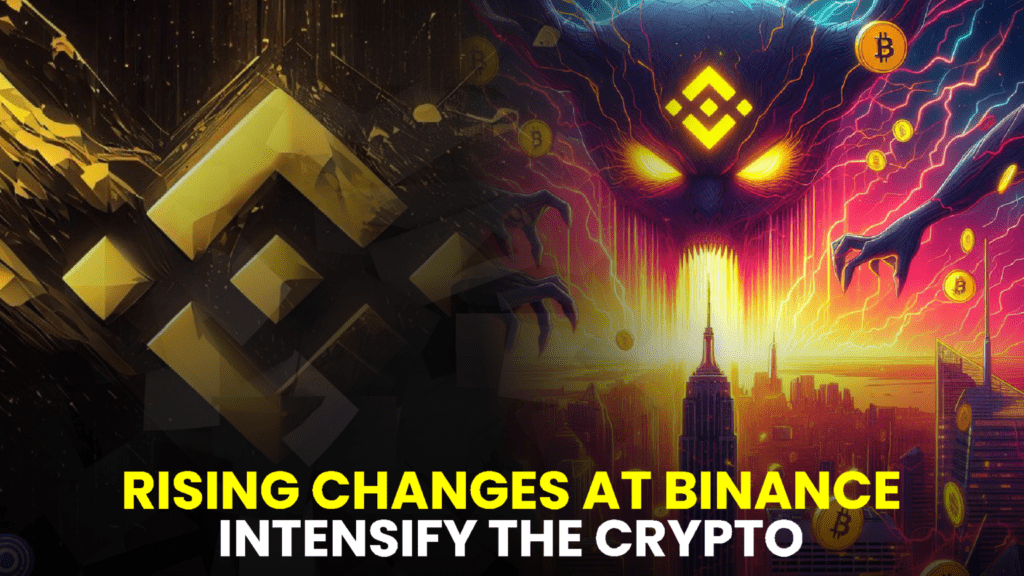Binance Faces Legal Challenges and Leadership Changes
Binance, the world’s largest crypto trading platform, is currently grappling with a $4.3 billion settlement and the resignation of CEO Changpeng Zhao (“CZ”). These developments come in the midst of significant legal challenges.
Resilience in the Crypto Market
The crypto market has displayed resilience despite the upheaval at Binance. Notably, Binance’s BNB token has experienced a recovery, signaling a degree of stability amid the turmoil.
Shift Towards Regulation and Mainstream Integration
The situation at Binance reflects a broader shift in the crypto industry towards increased regulation and integration with mainstream finance. The recent events have sparked discussions about the future trajectory of digital currencies.
Overview of Binance’s Legal Challenges
In a significant development, the U.S. Department of Justice unveiled money laundering and fraud charges against Binance, resulting in a monumental $4.3 billion settlement and the resignation of CEO Changpeng Zhao.
This turn of events represents one of the largest corporate penalties in U.S. history. The charges against Binance also draw attention to the contrasting images of CZ and his former ally/rival, Sam Bankman-Fried of FTX, both facing fraud charges.
The market response to these seismic shifts has been noteworthy. Binance’s BNB token experienced only a modest decline, and the overall value of the crypto sector remains significantly higher than late 2022 levels.
This resilience suggests that market participants may perceive these developments as a transitional phase towards a more regulated and mature crypto ecosystem. Figures like hedge fund luminary Mike Novogratz express optimism, viewing Binance’s settlement as a potential catalyst for positive industry evolution.
The Evolution of the Crypto Landscape
The saga at Binance signifies more than just corporate drama; it reflects the ongoing struggle between decentralized libertarian ideals and centralized regulatory oversight.
Initially emerging from a libertarian standpoint, crypto challenged traditional financial structures. However, platforms like FTX and Binance inadvertently created more concentrated power structures.
Ironically, the technology that promised anonymity now aids regulators in tracking illicit activities more effectively than traditional methods.
The U.S. Department of Justice and the Securities and Exchange Commission have stepped in to fill the regulatory void left by Congress, shaping policy through legal actions. Binance’s new leader, Richard Teng, seems prepared to embrace heightened oversight.
Central banks worldwide are exploring digital currencies, and mainstream financial giants like BlackRock and Grayscale are pushing for the launch of bitcoin ETFs. The industry is at a crossroads where the libertarian roots of crypto are being integrated into the established financial system.
Transition to a More Structured Financial Sector
The recent events at Binance mark a pivotal moment in the crypto industry’s evolution. They underscore a gradual shift from a rebellious, unregulated space to a more structured, regulated financial sector.
This transition may not be smooth or uniform, with some elements of crypto, like bitcoin, continuing to operate within the libertarian “square” as digital gold for investors. However, the overarching trend indicates a blending of the anarchic spirit of crypto with the structured norms of traditional finance.
As the crypto narrative unfolds, it becomes increasingly clear that the industry is maturing, moving towards a future where it coexists with, rather than opposes, the established financial order.


